Food Photography Tips Recipe
A handful of basic food photography tips, food photography basics, and food photography camera and lens suggestions.

Rob Wiley outlines some fantastic food photography tips & pointers in the article he wrote for Food & Wine this month - Shoot First, Eat Later. Some of the tips I sent in his direction were a bit more technical than the ones included in the article and I suspect many of you might be interested in reading them. This list is in no way comprehensive, just what was top of my mind as we were corresponding.
Always have a camera with you:
This was a goal of mine this year. I always have one of my cameras on me so I don't miss out on those serendipitous shots and encounters. Equipment: I use the Canon DSLR series - the 20D for many of the shots on 101 Cookbooks, the Canon Mark II 1DS for shots where I need a larger files size (print, stock, etc), and I have a tiny Leica D-Lux 2 that I'm using more and more now. I use fixed lenses, no zooms. I carry the smallest camera possible that can get the job done for me - this way I'm not tempted to leave it behind.
Get a good lens:
If you are going to invest in a digital SLR (as opposed to a point + shoot) don't buy the "package" with the stock lens. Buy the body and then buy a faster lens separate. I like the Canon 50mm 1.4 or 1.8 (I'm sure there is a comparable Nikon) A faster standard lens will allow you to take great food shots when you are indoors or when less light is available.
If you are sticking with the point-and-shoots, make sure it has a good macro mode on it (won't help you in low light, but will help get that shallow depth-of-field food photographers tend to like)
ISO range:
If you typically shoot at night, indoors, or in dimly lit environments consider the ISO range on the camera - the digital equivalent of film speed. My "everyday" camera goes to 1600, which is the equivalent of having 1600 speed film in it -- match that up with a pretty fast lens (see above), and you are going to have more to work with and you won't have to rely on flash or a light kit.
Since I wrote this email a new generation of power point+shoots is on the horizon with much higher ISO speeds, 1600 and even 3200 - previously available only on pro cameras.
Utilize all-natural (or available) light:
I look for light that is soft, sometimes diffused with a thin curtain (which helps the window to act like a huge light box). I avoid direct light because it throws really harsh shadows across the food. No Flash. Ever. Unless you want your food to look sweaty and greasy - which can sometimes be cool/modern when you are talking about BBQ or something. But get the techniques down using natural light first, and then start breaking the rules.
Learn to color balance:
A lot of the amateur food photography is plagued by an orange or blue cast that washes over the entire image. By learning how to adjust the color balance (either in the camera or in an image processing program) they can clear that problem right up. This is particularly a problem for people who shoot indoors under artificial lighting. See note about why I like natural light.
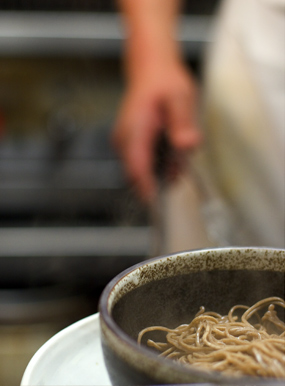
In the kitchen at Yoshi Tome's wonderful Sushi Ran in Sausalito, Ca
Composing shots:
Don't get hung up on the getting the quintessential "final shot".
There are all sorts of great detail shots that emerge throughout the cooking process - the environment, the raw ingredients, the chopping, the motion, the flames and all the action that comes into play in the second act, and THEN the final plated image itself.
Backgrounds:
Some people get so focused on the item they are shooting, they forget about the visual "noise" going on in their backgrounds. Pay attention to backgrounds and clear out any elements you don't want in the final shot.
Hope this helps some of you who are just starting out on the food photography from, I'm also happy to (attempt to) answer any technical questions you might have in relation to shots you might have come across - mine or otherwise. Back to recipes next week, promise.
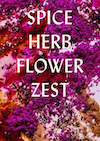
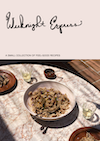
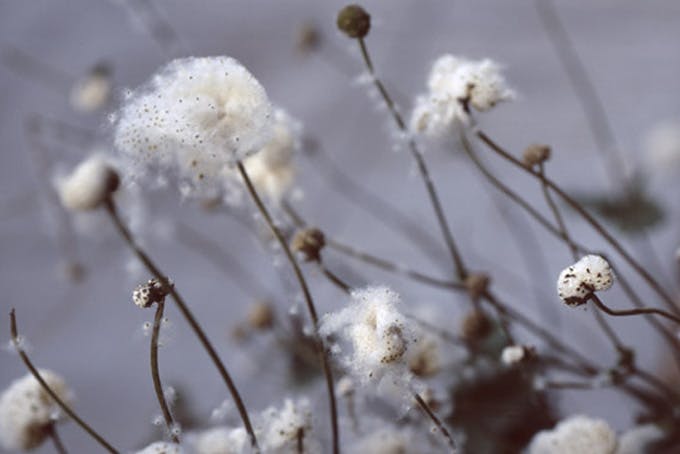
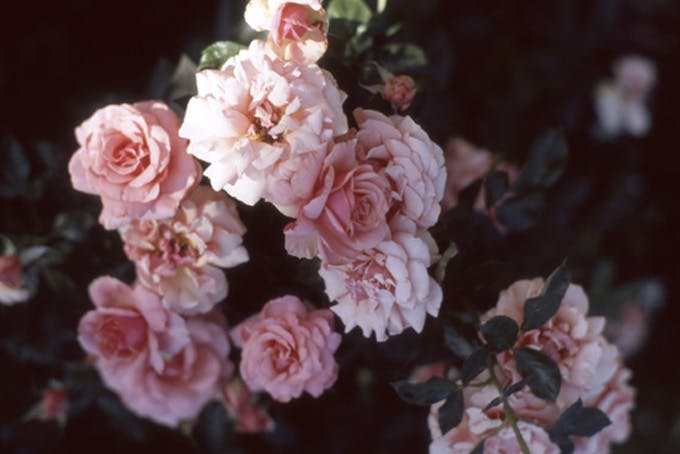
Comments are closed.
Apologies, comments are closed.
Comments
There is another cool tutorial about food photos here:
http://www.benjaminchristie.com/article/238/food-photography-and-creating-edible-food-photos-with-food-styling
Great tips! If you ever do a part 2 on this entry, could you cover the whole macro thing for those of us with point and shoot cameras? I’ve tried using that feature on my camera, and everything just comes out blurry.
Heidi: thank you for this. I’ve just come across this post, and it reads like a checklist of what’s wrong with many of my photos.
You mention that you’re using the Leica more and more. You’re enjoying it, I guess. How did you settle on that Leica vs. the other Leicas and other similar camera?
Thanks again.
Heidi, belated thanks: this post really helped me understand lenses. At your recommendation, I purchased a 50mm f/1.8 for my new Nikon D200 camera, and I am thrilled with the results. Overjoyed, even.
Thank you!
Thanks for the tips! It really helps as I’m a beginner in food photography. Enjoy reading your site!
Matt posted a list of great tips as well. His shots are stunning – read up here, http://mattbites.typepad.com/mattbites/2006/07/allow_me_to_chi.html
For those of you who don’t have the budget for a big DSLR – its ok. You can get really nice shots out of a smaller point and shoot, it just takes some patience and practice.
Glad the pointers could be of help to everyone, maybe I’ll make it an ongoing series.
I also wanted to apologize for the lack of updates this week. My grandma is really sick.
Hi Heidi,
I totally agree with your tips. Especially your advocacy to only use fixed lenses. I love my 50mm f1.4. I won’t go anywhere (when I’m shooting) without it. It’s probably the best lens for shooting food with a DSLR.
Having a camera with a wide range of ISO choices that also allows you to manually set your white balance is also vital.
Thanks for sharing such great pointers with everyone!
All the best.
This may seem odd, but your blog just led me to purchase a Panasonic DMC-LX1K (the Panasonic version of your Leica). We have been a completely Canon household. My photographer husband shoots a Canon Mark II 1DS and I have a now elderly Canon Powershot. But I found that I was not using my camera as much as I used to, because it was just “too big”. OK, not too big compared to his monster, but bigger than I wanted to carry around all the time. I have looked at the smaller Elphs, but have to admit the reviews of Panasonic/Leica model had me drooliing (yes, I know about the “noise”, but although I am no professional I can handle RAW image output and we do have Photoshop CS2).
Thank you. I am so lookiing forward to getting this new camera and shooting “all the time”.
Great tips! I’ve just started taking photos of my baking experiments, and getting the lighting right has been a struggle. At least my Canon A520 has macro mode, which means I can get good detailed closeups of a cake’s texture.
And thanks to L for the additional info links!
Great suggestions. Great photos.
By the way..congrats on being on Food and Wine …I love that mag it has to be me favorite
Great tips from a great photographer.
Enlightening post. Thanks for the tips.
Thank you for being so generous with your tips. I shoot with the 20D as well and love it — now if I could just take the time to put it on the tripod!!!!
Excellent tips! I’m in the process of reworking my site and was wondering how to best photograph the cookie making process (as well as the end result).
Any camera tips for those who don’t have a grand at the ready to purchase one of the cameras you suggested?
Great tips. If only I could afford a digital SLR!
Thanks for the tips as I’m always needing advice on how to make food look appetizing and edible. I find meat (especially lighter colored meats like turkey and chicken) especially daunting.
Thanks for the tips as I’m always needing advice on how to make food look appetizing and edible. I find meat (especially lighter colored meats like turkey and chicken) especially daunting.
Thanks so much for writing this! I have always loved your photos and hope to take photos as nice as yours someday.
Cheers!
On your suggestion, my husband and I just picked up the Canon 50mm 1.8 lens (the price made it an easy choice) and it’s great! Just taking pictures of a few things in our living room this afternoon look so much more sharp and well-lit than the 18-55mm kit lens we’ve been using. Amazing difference; thanks again for all the tips.
I like the article, only problem is I don’t have a budget for a really great camera. Mine is a 100 dollar camera from Costco. Grrness.
Heidi,
Thanks so much for sharing your knowledge with us. It’s very helpful for an amateur like me in improving my photography! And I will look out for that book you mentioned too!
Thanks to everyone for the nice comments. The one technical photography book I’ve kept for many years isn’t actually food photography specific. It is called Photography by Barbara London and John Upton – fantastic resource that communicates many of the basic principles of photography in an accesible manner. I would recommend starting there. -h
I noticed a lot of folks looking for book recommendations… there are some books on food photography out there, although I don’t think any of them match the style and quality that is in Heidi’s work.. (hint for Heidi – maybe your next book should be on natural light food photography!)
There’s one by Lou Manna and another by
John Carafoli… however, both are still pretty entrenched a lot of faking in the food styling.
If you want more information, I’ve got a page on my food photography blog that lists out even more online and print resources (http://stilllifewith.com/2006/03/30/food-photography-and-styling-resources/)
-L
This is very helpful. We have been looking for food photography tips for our web site. Purely by accident while we were shooting outdoors to achieve a summer picnic-style look we discovered another tip. The direct sun gave the setting a washed-out look but if we waited for partial cloud cover, we achieved naturally crisp results. The end result was excellent with modest equipment. Good luck with this blog.
Thanks Heidfi for the tips and trics. If you happen to know about some food-fotografy book (I don’t even know if they exist), I would be very interested to know about that…
You obviously care as much for photography as you do for food. How on earth do you manage to balance the two at the same time? I mean, I find it hard enough to focus on the cooking and the process and the food when I’m in the kitchen, now imagine if I had a camera and shots to think about as well…
That said, you do a great job on both counts!
Thanks for sharing all the great information for those of us who are just starting to learn about photographing food.
Your food all looks delicious and the shots are wonderful, but I have to disagree with your advice against flash. When used properly – bounced off of a far wall, say – flash can very nicely mimic available window light when no window exists. It can also help bring out detail and texture when the food’s presentation calls for it. I do totally agree about the 50mm 1.4, it’s easily my favorite lens of the bunch! Thank you for your insights.
Heidi – thanks for sharing! Your photography is why I got into food photography and blogging in the first place. You are truly an inspiration.
-L
Thanks for this helpful post. It is going to make it much easier to produce a shot of food that looks as good as it tastes.
Your food photos are mouthwatering, and you are so generous in sharing advice and inspiration. Thanks.
Adore the site, the photography and the inspiration it provides. As a NZ’er I am looking forward to hearing what you experience in NZ. Was also wondering if there is a food photography book that you can recommend for a beginner. Thanks. Tim
Your photos are beautiful.
I don’t have a camera good enough to take such awe inspiring shots…I’ll just make do for now and savor yours.
Great post! I was just thinking about that! Thanks
Very nice site!
Comments are closed.
Apologies, comments are closed.
More Recipes
Weekly recipes and inspirations.
Popular Ingredients